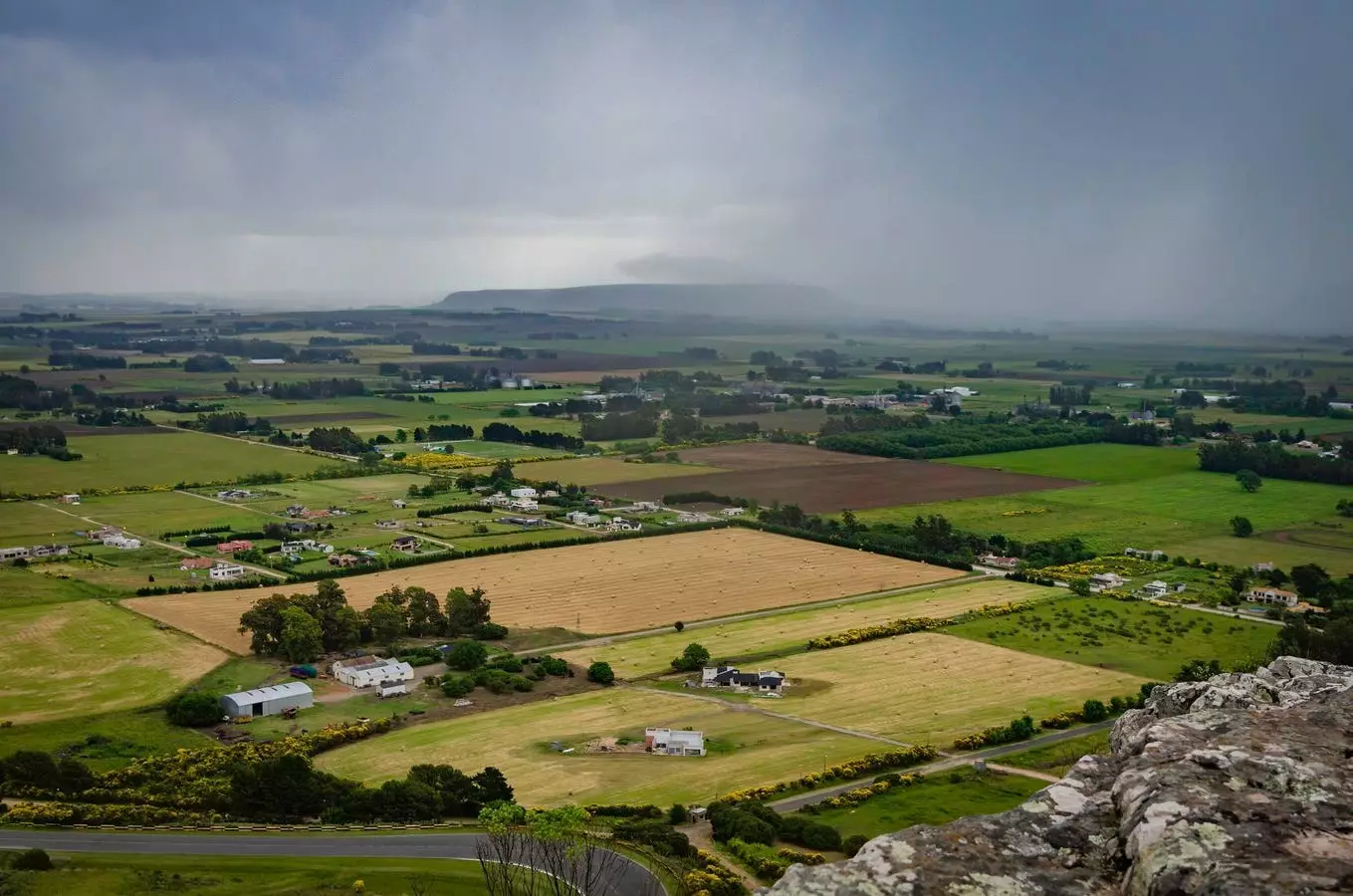In a world where technology allows us to shield ourselves from the whims of nature, the average person often navigates life without giving much thought to the weather. Homes equipped with HVAC systems create comfortable living spaces, while smartphones provide us with minute-by-minute weather updates that help us sidestep disruptions in our plans. However, this technological advancement creates an illusion that weather no longer holds significance in our daily lives. The reality is that for many industries, particularly agriculture, quite the opposite is true. Here, the impact of weather continues to shape decisions, operations, and ultimately, the bottom line.
Weather and Business: A Critical Connection
In the realm of business, certain sectors feel the profound consequences of weather variability. For example, a women’s clothing retailer might stock more sun dresses if a scorching summer is on the horizon, while breweries could ramp up beer production to accommodate increased demand for refreshing beverages on hot days. Despite our comfort within enclosed spaces, industries that rely on natural resources are continually tethered to environmental variables.
However, agriculture stands as the pillar of industries most intrinsically linked to weather patterns. The age-old dance between farmers and the climate has called for a revolutionary approach to forecasting that goes beyond short-term predictions. The profound implications of meteorological conditions on yield, quality, and ultimately, food security underscore the need for long-range forecasting tools equipped with reliable data and advanced analytics.
The Revolutionary Shift: Controlled Atmosphere Agriculture
Amid evolving agricultural practices, Controlled Atmosphere Agriculture (CEA) has emerged as a beacon of hope. This innovative farming sector empowers growers to cultivate select high-value fruits and vegetables in controlled environments, maximizing yield and minimizing the adverse effects of weather fluctuations. While CEA showcases the potential for technological intervention in mitigating weather impacts, it also highlights the necessity of advanced forecasting for traditional farming operations.
For mainstream farmers, the challenge remains. Decisions—from when to plant to how to manage crop rotations—are still predominantly made on assumptions about impending weather conditions. These decisions carry significant risks as they influence productivity and profitability, particularly with annual row crops. Historically, farmers have sought long-term forecasts to counteract unpredictable weather events, a hope that finds its recent technological counterpart in solutions like FarmCast®.
FarmCast®: Forecasting Beyond the Clouds
Far removed from traditional methods, FarmCast® represents a transformative leap in agronomic weather forecasting. Developed by WeatherTrends360, this advanced forecasting system leverages a tapestry of macro-cycles and atmospheric flows—names like “El Niño” and “Pacific Decadal Oscillation” that echo in meteorological discussions. Using 150 years’ worth of data combined with sophisticated statistical models, FarmCast® can project weather patterns up to a year into the future, introducing an unprecedented level of foresight to farming operations.
This ability to predict conditions, whether they signal drought, frost, or extended warm spells, equips farmers with essential knowledge that can drastically affect their strategies and decisions. For instance, if an arid season is on the horizon, farmers equipped with this insight can pivot toward drought-resistant crops, ensuring sustainability even amid challenging growth conditions.
Strategic Market Adaptation: The Global Perspective
The efficacy of FarmCast® doesn’t end at the farm gate; it extends into global markets. Farmers can optimize their planting strategies not just based on local weather predictions, but by factoring in yield projections from competing regions like South America. This insightful approach allows for a dynamic response to fluctuating market prices, offering farmers the opportunity to adjust their crop balance accordingly. With the pressures of global supply chains and market dynamics weighing heavily on local farmers, this data-driven flexibility can translate into enhanced profitability.
Aside from field operations, this intelligence is gaining traction among various players in the agricultural landscape, including grain traders and local agricultural cooperatives. Through enhanced collaboration and informed decision-making predicated on robust data, these relationships contribute to a more resilient farming ecosystem.
The Role of Technology: A Vision for the Future
With the integration of artificial intelligence, agriculture is on the brink of a data revolution. FarmCast’s partnership with AiQ Pro introduces an AI assistant—nicknamed Andy—that facilitates real-time data analysis and improves decision-making through predictive analytics. Such technology not only aids seasoned farmers but also serves as a teaching tool for newcomers entering the industry.
The marriage of traditional agricultural practices with cutting-edge technology signals a brighter future for farming. It empowers farmers with confidence as they navigate the uncertainties of weather, ensuring that they are not merely passive recipients of nature’s whims. Instead, they can approach their craft with strategic foresight, ultimately, championing sustainable practices and feeding an ever-growing global population. As agriculture adapts to a world impervious to weather’s wrath, it stands ready to thrive—and so should we.


Leave a Reply